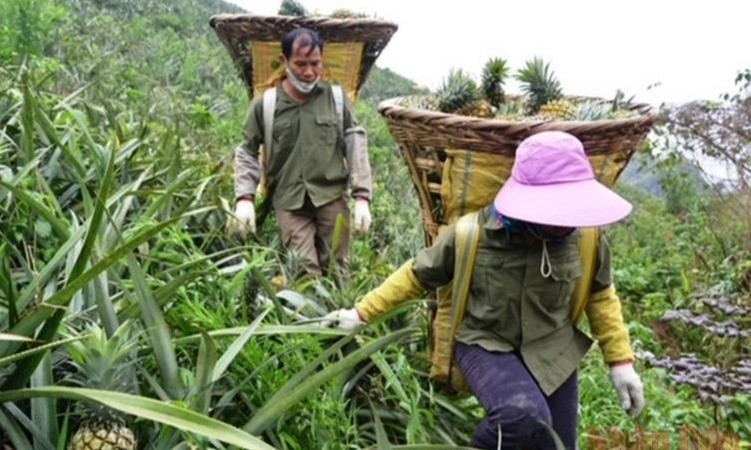
Great potential from international market
According to data from the Ministry of Agriculture and Environment , the pineapple growing area nationwide is currently about 52 thousand hectares, of which the harvested area is 48 thousand hectares, with an average yield of 184.1 quintals/hectare, and an output of about 860 thousand tons. By 2030, the agricultural sector is expected to expand the growing area to 55-60 thousand hectares, with a stable output of about 800-950 thousand tons/year.
The key pineapple producing localities include Ninh Binh, Thanh Hoa, Quang Nam, Tien Giang and Kien Giang. The production structure is gradually shifting to spreading out the crop to ensure year-round supply, serving both industrial processing needs and fresh consumption during the off-season from November to March of the following year. The proportion of off-season pineapple growing area currently accounts for about 30%-40%.
Vietnamese pineapples have been exported to more than 100 countries and territories. In the first 5 months of 2025 alone, the European Union (EU) market was the largest market, with an export value of 16.56 million USD, accounting for 48% of total pineapple export turnover, of which the Russian Federation alone reached 9.4 million USD. The US market ranked second with 7.2 million USD, accounting for nearly 21%.
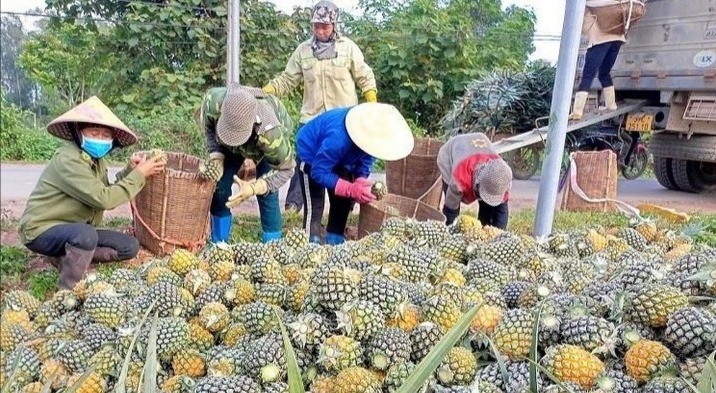
“The global pineapple market is expanding rapidly,” said Dang Phuc Nguyen, General Secretary of the Vietnam Fruit and Vegetable Association. “Consumer demand is increasing rapidly, while supply is not yet sufficient, creating ‘vast space’ for Vietnamese pineapple to accelerate.”
Research organizations report that the global pineapple market size in 2024 is estimated at 28.79 billion USD and is expected to reach 39.13 billion USD in 2029, with an average annual growth rate of 6.33%. The European and North American markets currently account for about 50% of total global consumption demand. The world's top three pineapple exporting countries are Costa Rica, Indonesia and the Philippines.
In that context, Vietnamese pineapple has many opportunities to expand, especially when DOVECO's concentrated pineapple juice product has been exported to more than 50 countries.
“Japanese customers pay up to 4,000 USD/ton for DOVECO pineapple products, about 1,000-1,200 USD higher than the selling price in the EU and US markets. This shows that the quality and brand of Vietnamese pineapples have been clearly affirmed in the international market,” Mr. Nguyen emphasized.
Need a clear strategy to break through
Despite its advantages in natural conditions, production costs and processing capacity, the pineapple industry still faces many difficulties. The variety set is monotonous, lacking high-quality and pest-resistant pineapple varieties; linkages in the value chain are fragmented; there are few qualified raw material areas; the rate of deep processing is low; there is a lack of national brands and market promotion activities are limited.
According to MSc. Ngo Quoc Tuan, Deputy Director of the Post-Import Plant Quarantine Center II (Department of Crop Production and Plant Protection), although Vietnamese pineapples are present in 122 markets, they have not yet opened technical documents to penetrate deeper, especially the EU market - where they can take advantage of tariff incentives from the Vietnam-EU Free Trade Agreement (EVFTA).
“The initial investment cost for each hectare of pineapple is not small, ranging from 120-130 million VND, while the harvest period lasts 15 months. Therefore, there needs to be an effective credit policy, especially in high-yield growing areas. At the same time, it is also necessary to study mechanisms for effective use of public land such as equitization, leasing or public auction to create favorable conditions for sustainable development of the industry,” Mr. Nguyen proposed.
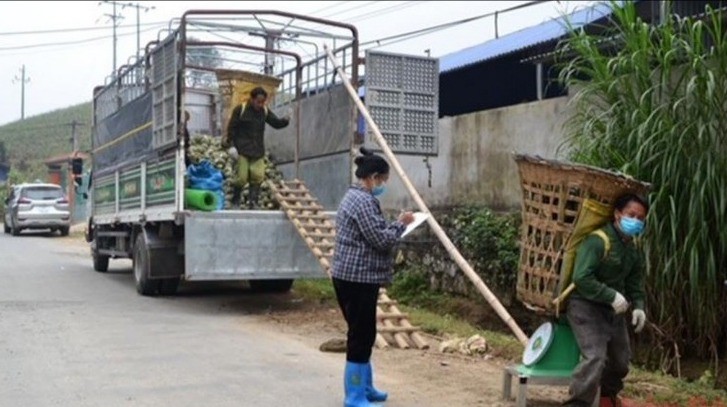
From a business perspective, Mr. Nguyen Manh Hung, Chairman of the Board of Directors of Nafoods Joint Stock Company, said that the pineapple industry needs to have a reasonable plan for growing areas, avoiding massive planting according to market prices, leading to supply exceeding demand. In addition, there needs to be a solution to control the activities of foreign traders, especially from China, to avoid buying at low prices, causing damage to farmers.
Along with that, the control of pesticide residues needs to be continuously updated by the Department of Crop Production and Plant Protection, according to the requirements of demanding markets such as the EU, the US and China. At the same time, inspection and supervision of small-scale production facilities must be strengthened to avoid affecting the image and reputation of Vietnamese agricultural products.
Associate Professor, Dr. Pham Anh Tuan, Director of the Institute of Agricultural Mechanics and Post-Harvest Technology, emphasized the role of post-harvest processing and preservation technology.
“Pineapple is a perishable fruit and needs to be properly preserved. Investing in deep processing such as producing pineapple juice, jam, canned pineapple or fermented products is an effective solution to increase added value and extend the consumption chain of the Vietnamese pineapple industry,” said Mr. Tuan.
Boosting exports to the European market, where there is great demand and preferential tariffs, is one of the strategic directions of the Vietnamese pineapple industry in the coming time. However, to make the billion-dollar dream come true, close coordination between the state, businesses and farmers is needed in organizing production, building brands and developing markets.
Source: https://baolaocai.vn/dua-viet-nam-rong-duong-xuat-ngoai-can-chien-luoc-bai-ban-de-can-moc-ty-usd-post649231.html



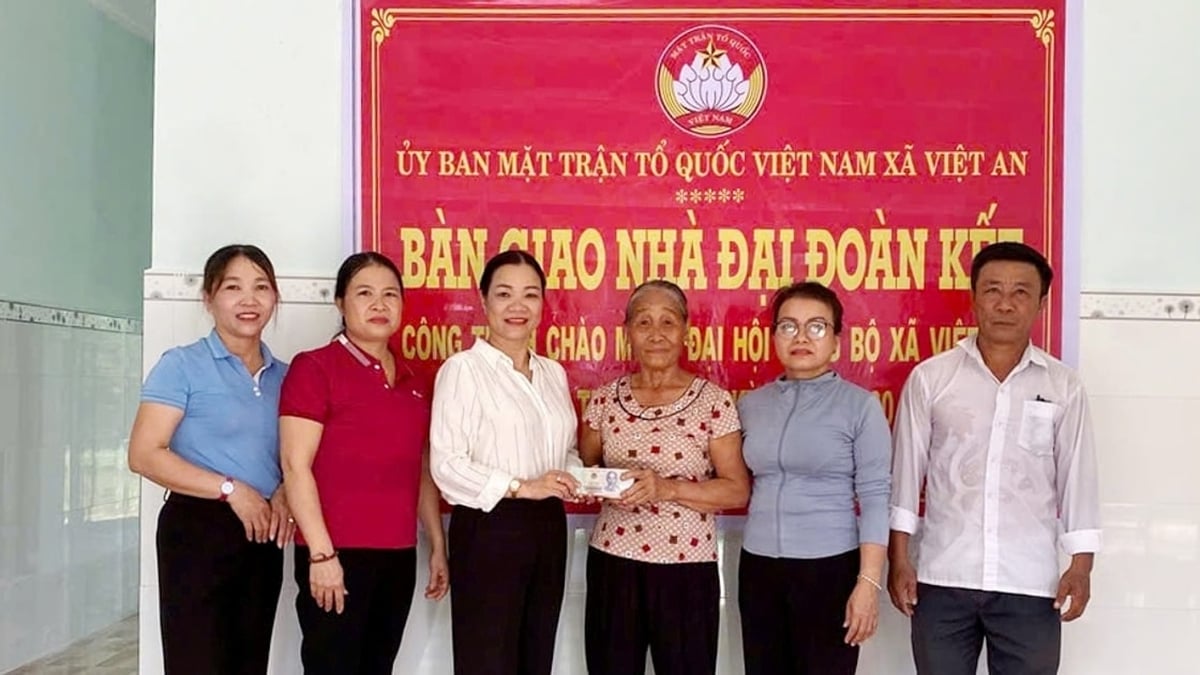



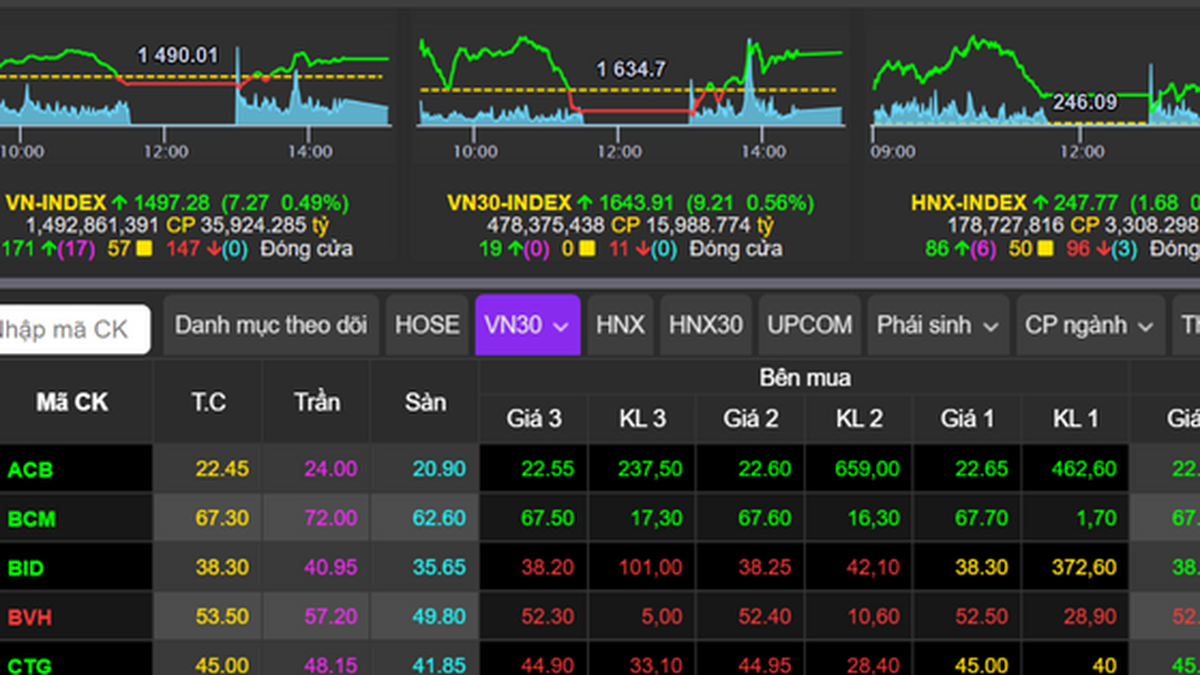
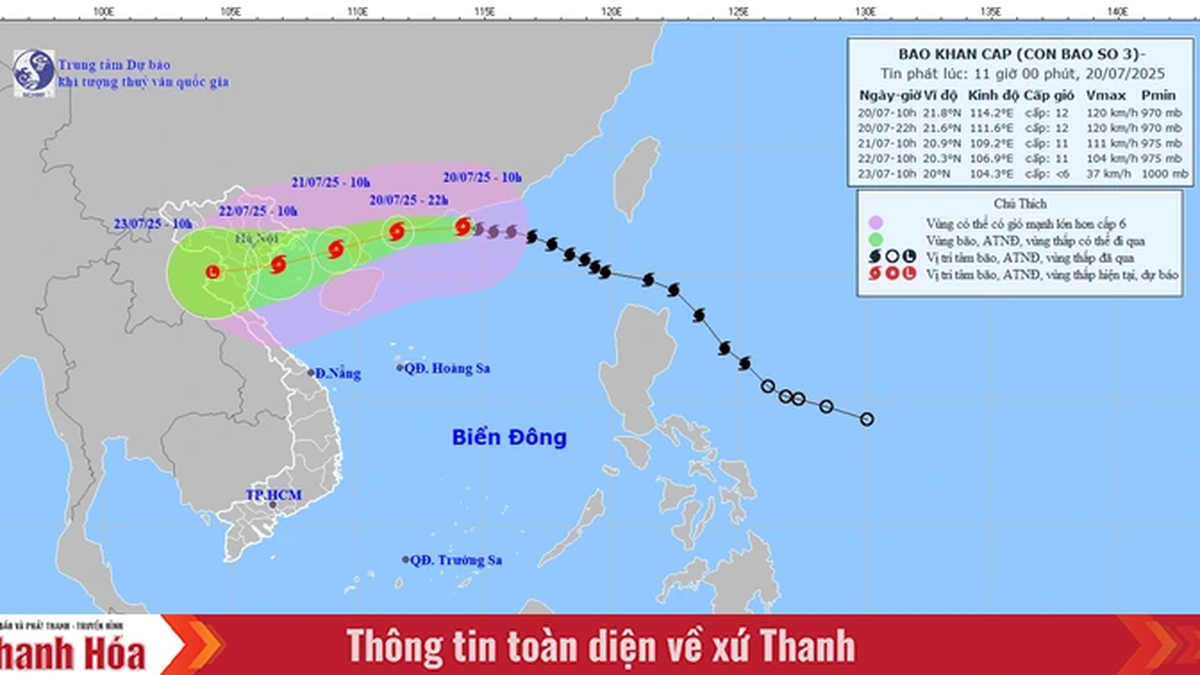


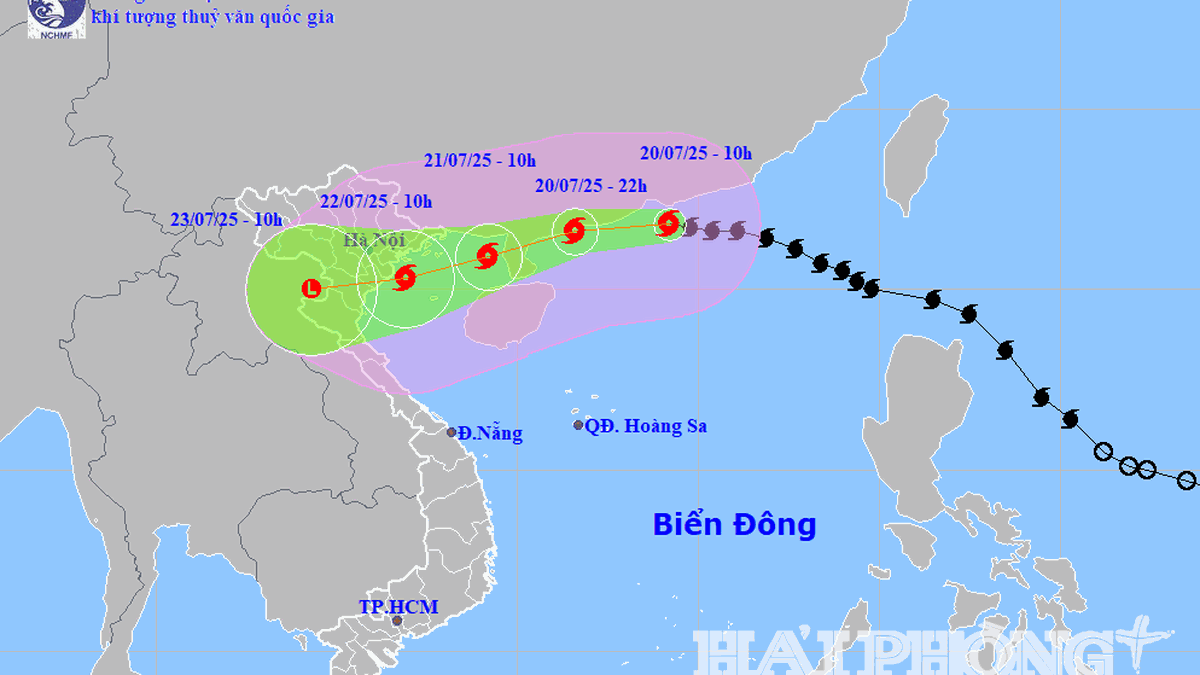











![[Photo] National Assembly Chairman Tran Thanh Man visits Vietnamese Heroic Mother Ta Thi Tran](https://vphoto.vietnam.vn/thumb/1200x675/vietnam/resource/IMAGE/2025/7/20/765c0bd057dd44ad83ab89fe0255b783)








































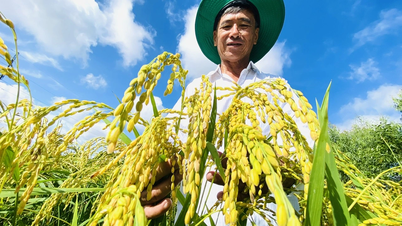


































Comment (0)